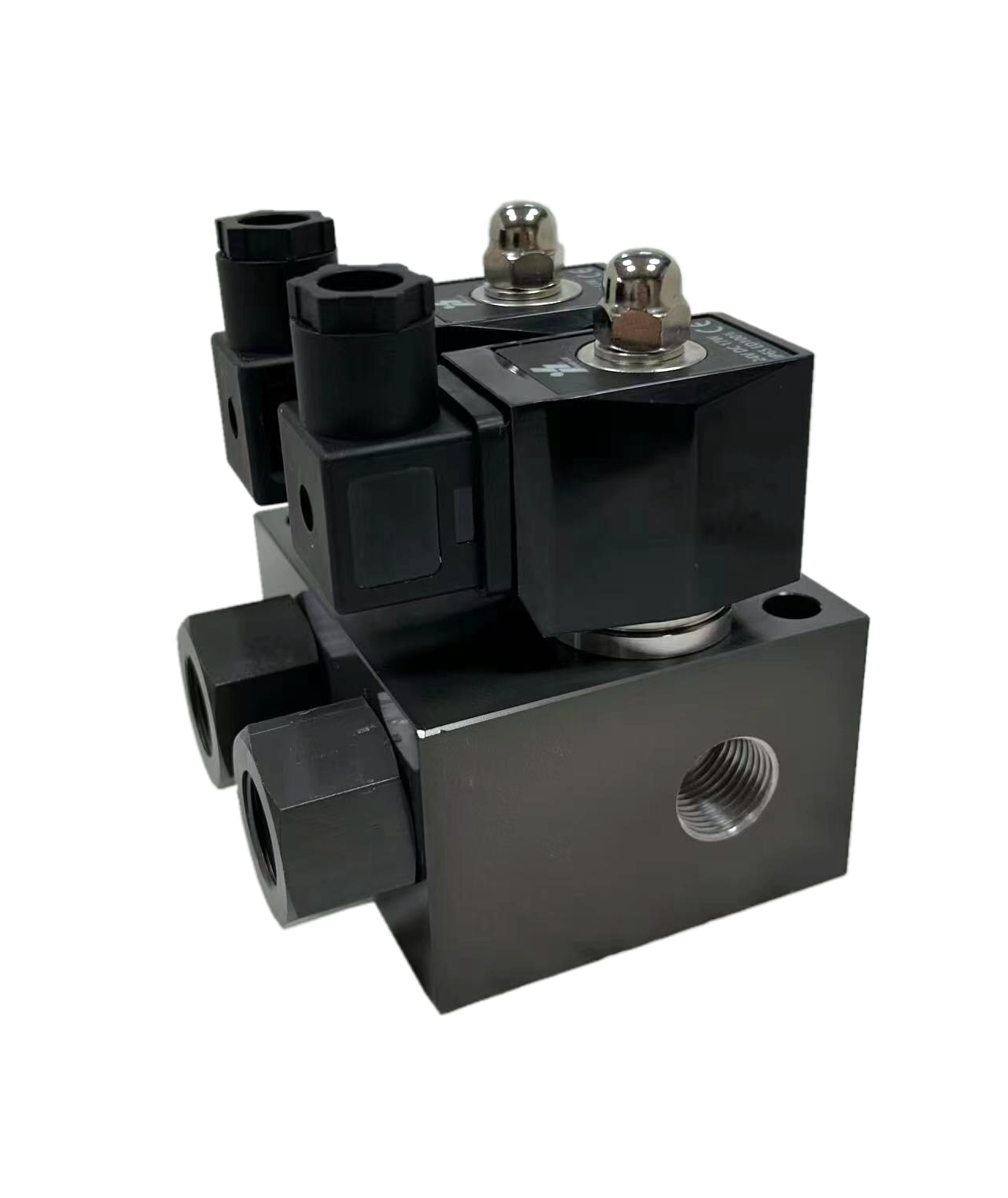SHARE
MORE DETAIL
A solenoid valve is an electromechanical device used to control the flow of liquids or gases in a system. These valves operate by using an electric current to generate a magnetic field, which moves a plunger or spool inside the valve body. Solenoid valves are widely used in industrial automation, medical equipment, and fluid control applications.
The Two Main Types of Solenoid Valve
Solenoid valves can be classified into two primary types based on their operation:
1. On/Off Solenoid Valves
On/off solenoid valves, also known as discrete solenoid valves, function in a binary manner—either fully open or fully closed. These valves are commonly used in applications where simple open/shut control is sufficient.
Key Features:
-
Quick response time for immediate activation or deactivation.
-
Energy-efficient operation due to short activation periods.
-
Suitable for applications like water supply systems, pneumatic automation, and fuel control.
Common Applications:
-
Irrigation systems
-
HVAC controls
-
Automotive fuel injection

2. Proportional Solenoid Valves
Proportional solenoid valves provide variable control over flow or pressure, adjusting gradually in response to an electric input signal. Unlike on/off solenoid valves, these allow for precise regulation, making them essential for applications requiring fine-tuned adjustments.
Key Features:
-
Smooth and continuous flow or pressure modulation.
-
Higher precision for dynamic control applications.
-
Ideal for industrial automation, medical devices, and semiconductor manufacturing.
Common Applications:
-
Laser Cutting Machines – Regulate assist gas pressure for clean and precise cutting.
-
Blow Molding Machines – Ensure stable air pressure for uniform plastic molding.
-
Medical and Semiconductor Equipment – Maintain precise pressure and vacuum levels for sensitive operations.
Choosing the Right Solenoid Valve for Your Application
When selecting a solenoid valve, consider the following factors:
-
Flow and Pressure Requirements – Ensure the valve meets system specifications.
-
Response Time – Fast response for on/off valves vs. smooth modulation for proportional valves.
-
Material Compatibility – Verify that the valve material suits the working fluid.
-
Voltage and Electrical Specifications – Ensure proper integration with the control system.
Both on/off solenoid valves and proportional solenoid valves serve critical roles in fluid and gas control applications. While on/off solenoid valves offer simple open/close control, proportional solenoid valves provide advanced regulation for precision applications.
For industries such as laser cutting, blow molding, medical, and semiconductor manufacturing, selecting the right solenoid valve ensures optimal performance and efficiency.
Looking for high-quality solenoid valves? Explore KaoLu’s cutting-edge solutions designed for precision control and efficiency.